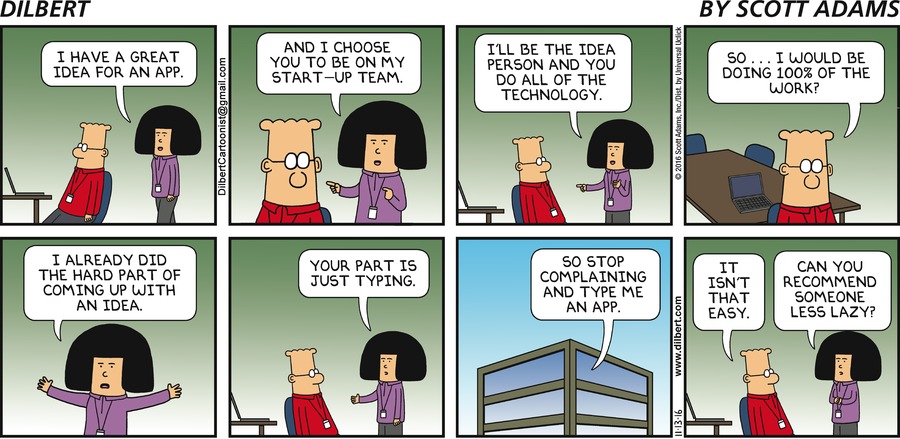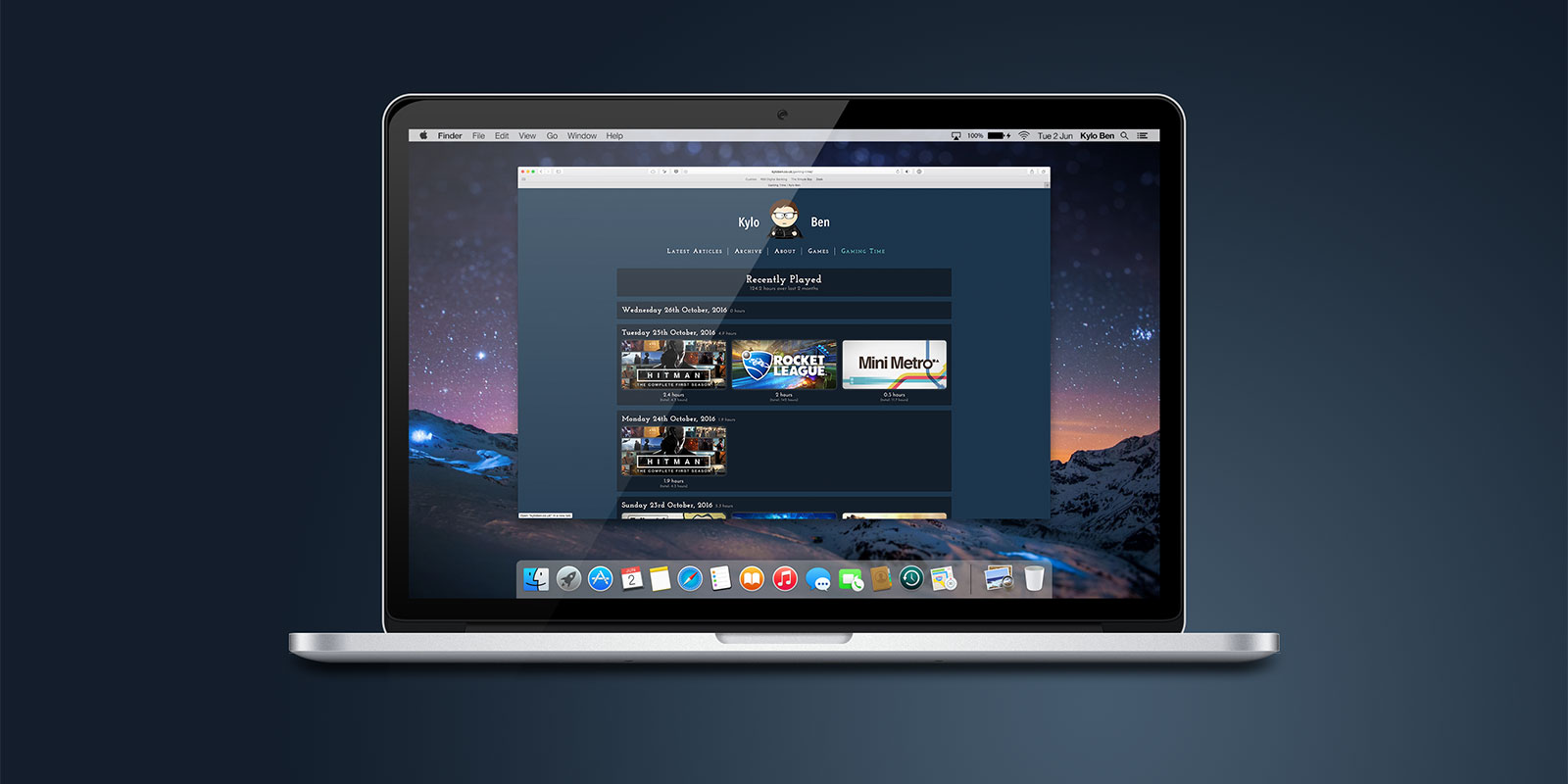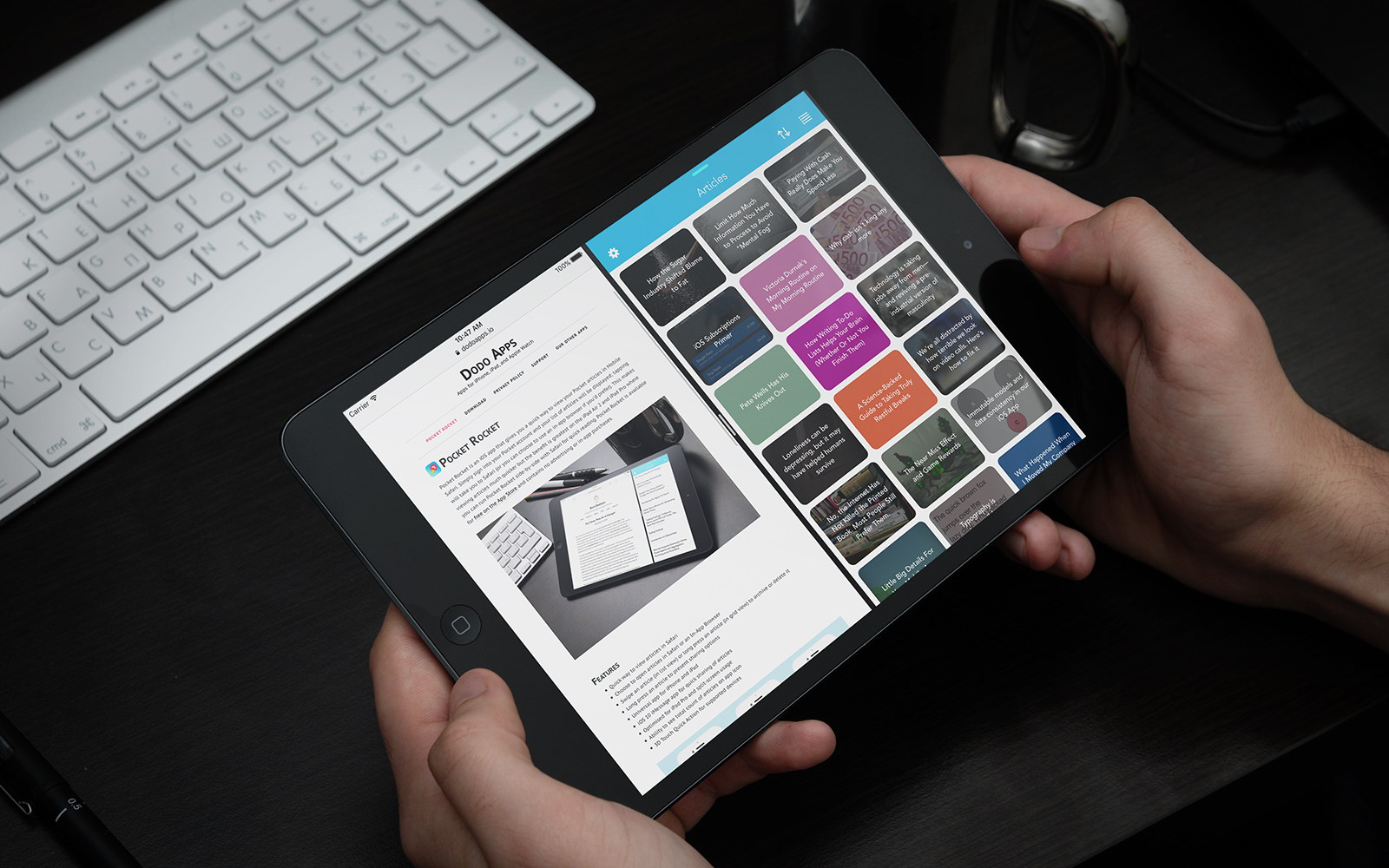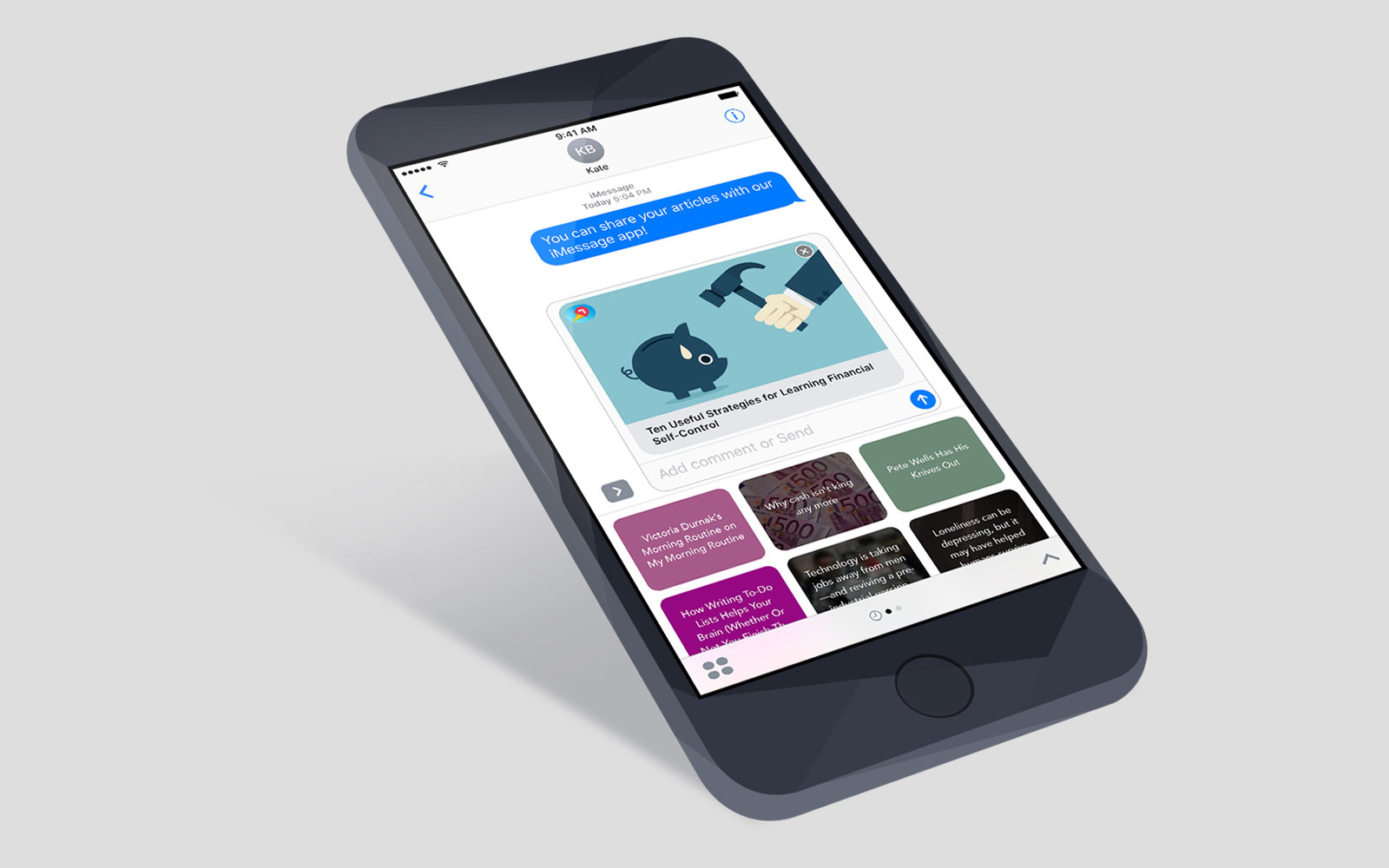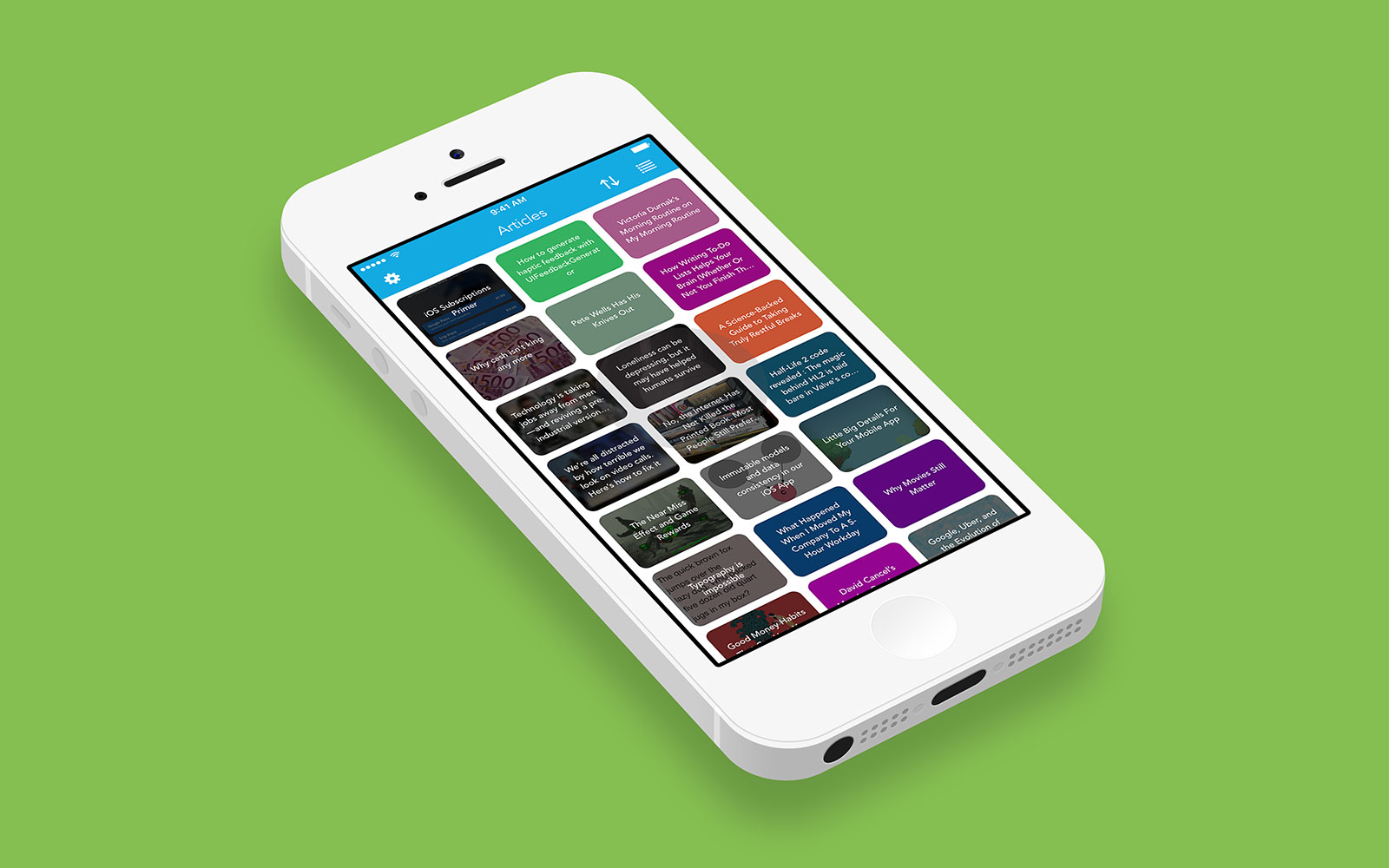Don't be the idea person
I’ve been a fan of Dilbert since the mid-‘90s1 and this week a lot of my friends (and some clients) sent me this strip from November 13th:
Like most things, it’s funny because it’s true. I get several of these types of pitches per week and they never fail to amuse me. I’ve written about this in detail previously but I still get people who believe they have the next big idea and that it is worth something.
Ideas are worth nothing. Absolutely nothing. It is implementation that is worth something.
The analogy that I always like to use is that of an architect and a builder. Most software developers are builders that take some detailed plans and create to that specification. The “idea person” should be an architect with a clear vision and enough knowledge to know what can and can’t be done. Unfortunately this is rarely the case. Your typical “build my app idea” guy will have no knowledge of what can and can’t be done and therefore no understanding of the time and complexity there is in turning it into a reality. They just assume that they were the first person to think of a life changing idea and that it will be easy money for whoever builds it. It would be like delivering your kids drawing of a house to a builder and expecting them to have it built, for free, by next week2.
If you want to be taken seriously, do your research. Speak to developers and find out what is and what isn’t possible as the vast number of ideas I receive just aren’t possible given the constraints of software on iOS3. Then, once you’ve understood the process, either pay a developer for a basic MVP4 or pitch to investors to get enough funding to build one.
Don’t ever be “the idea person” and don’t ever expect other people to work for you for free. The world does not work that way.
-
I have around 14 compendium books of the strips; my favourite is entitled “Still Pumped From Using The Mouse” (a reference to a calendar they were making about software developers). ↩︎
-
“Oh, and by the way, there is a pool at the back and another floor but I didn’t draw that part” ↩︎
-
“Can you give me the details for Apple then as this should really be installed by default on every phone - it’s a billion dollar idea”. Genuine email I received when I pointed out an idea wasn’t possible. ↩︎
-
“Minimum Viable Product”, basically a step above a prototype that you can use to gauge interest from consumers and investors. The bare minimum you need to launch. ↩︎
